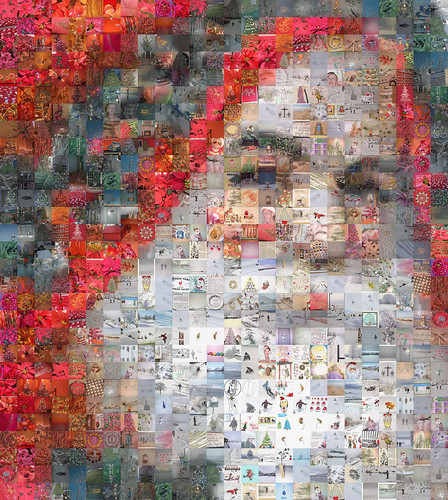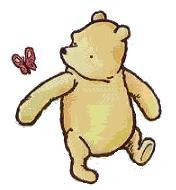Father Christmas is the symbolic figure associated with the non-religious holiday of Christmas. He has many different names and guises depending on which culture you view him from, but he is typically a spirit of good cheer. Over time, he has merged with other folklore to become the character commonly known as Santa Claus. But we'll get there.
It is generally agreed that the first incarnation of Father Christmas was a real man, a Turkish man named Nicholas, who was the Bishop of Myra. Nicholas was apparently a very wealthy, very generous man, who used the whole of his very large inheritance to help the needy, the sick, and the suffering. He was exiled and imprisoned by the Roman Emperor Diocletian, who ruthlessly persecuted Christians, died December 6th, 343 AD, and was buried in his cathedral church; he was later made a saint because of his goodness and kindness. St. Nicholas is the patron saint of children and sailors.
In the eleventh and twelfth centuries, St. Nicholas' image shifted from a rather serious man who gave in secret the things which the suffering needed the most to a compassionate children's friend. Nuns in France began the practice of leaving gifts for small children of poor families on St. Nicholas Day (December 5) - usually these gifts were something to eat (e.g. apples, oranges, nuts, cookies, or sweets). This custom caught on very quickly and spread throughout Europe. The Vikings dedicated their cathedral in Greenland to St. Nicholas; Christopher Columbus named a Haitian port after him in 1492; and the Spaniards named a city in Florida St. Nicholas' Ferry (it's now Jacksonville). Everything seemed to be going quite well.
However, in the 16th century, the Protestant Reformation was in full swing in England and did not look kindly on any holiday that revered a saint. In Europe, people continued to celebrate St. Nicholas Day, leaving nuts, apples, and sweets in shoes left beside beds, on windowsills, and in front of the fireplace. Needless to say, this quite frustrated the merry-makers trapped under the Protestant thumb in England. In the 17th century, the symbolic personification of Father Christmas as a merry old figure was invented as a form of resistance to the Protestant criticism of the festival.
The earliest recorded version of Father Christmas as a rambunctious, jolly old man occurs in Ben Jonson's Christmas, his Masque, first performed at court in December 1616 and published in 1640.
"Enter Christmas, with two or three of the Guard.
He is attir'd in round Hose, long Stockings, a close Doublet, a high crownd Hat
with a Broach, a long thin beard, a Truncheon, little Ruffes, white Shoes, his
Scarffes, and Garters tyed crosse, and his Drum beaten before him.
Why Gentlemen, doe you know what you doe? ha!
would you ha'kept me out? Christmas, old Christmas?
Christmas of London, and Captaine Christmas?
Pray you let me be brought before my
Lord Chamberlaine, i'le not be answer'd else:
'tis merrie in hall when beards wag all: I ha'seene
the time you ha'wish'd for me, for a merry Christmas,
and now you ha'me; they would not let me
in: I must come another time! a good jeast, as if I could come more then
once a yeare; why, I am no dangerous person, and so I told my friends,
o'the Guard. I am old Gregorie Christmas still, and though I come out of
Popes-head-alley as good a Protestant, as any i'my Parish."
In 1638, Thomas Nabbes added to the character in his masque The Springs Glorie, in which "Christmas" appears as a revered gentleman wearing a furred gown and cap, not unlike the modern representations of Santa Claus. For the next 250 years, Father Christmas continued to appear around December as a well-nourished bearded man wearing a long, green, fur-lined robe and bursting with the spirit of good cheer.
In 1843, Charles Dickens published his novella, A Christmas Carol, with illustrations by John Leech. The above green-gowned, cheerful soul was the Ghost of Christmas Present.
Speaking of presents. It was during the Victorian Era (1837-1901) that Father Christmas, spirit of happy cheer, merged once more with St. Nicholas the gift-giver and became the Father Christmas that is synonymous with Santa Claus.
Note: The above information was researched for the sake of education and appreciation, in a hope to promote cross-cultural pollination, tolerance, and peaceful understanding. If I got anything wrong or missed anything, please feel free to comment. I love to learn and I'd like this to be as factual as possible.










No comments:
Post a Comment